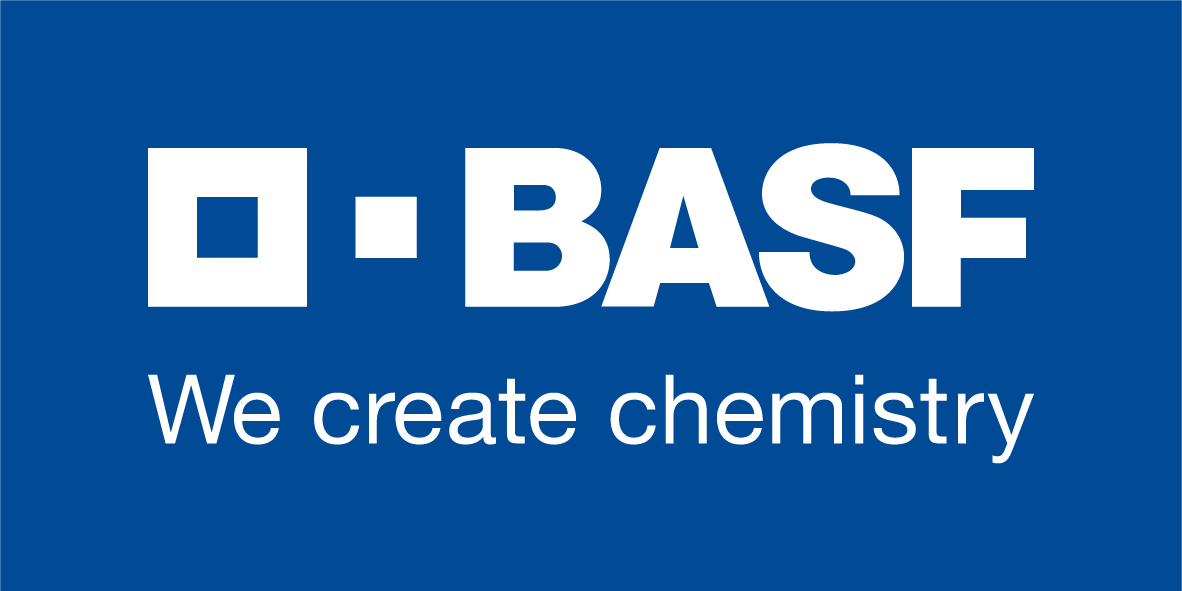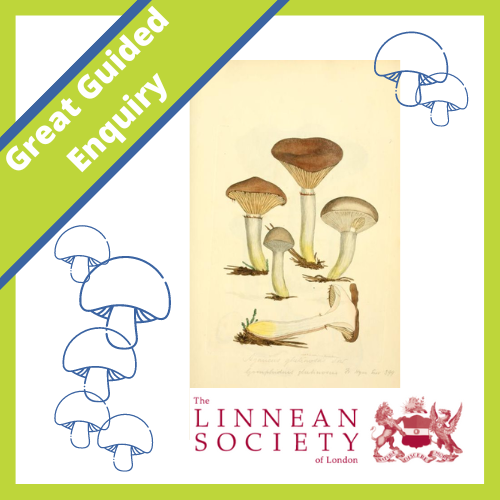Source: Adapted from BASF’s Sustainability Magazine, Issue 11, 2022
Imagine it is 2050, 28 years from now.
We have reduced carbon emissions and stopped the worst effects of climate change.
What is life like and how do we achieve this?
Hannah is 17 years old, let’s take a look at her day-to-day life in 2050.
What to wear today?
Hannah looks through her wardrobe and decides that she will wear her favourite trousers. They are more than 2 years old, but still in excellent condition because the manufacturer repairs and refurbishes them every year. There is not much else in her wardrobe, just a few essentials. She rents clothing for each occasion when she needs it and returns other items when they are worn out. Her worn-out clothes are made into new clothes, or she composts them herself when she’s finished with them – they are fully biodegradable.
Time for a bite to eat!
The products in Hannah’s kitchen are all in reusable containers. She could not imagine throwing away something as valuable as a plastic bottle or metal can. Her home is heated by the heat produced from local factories.
She 3D prints her breakfast from yesterday’s leftovers and sets off to school on an electric bicycle, whose recyclable battery is recharged using renewable energy.
Where is all the litter and rubbish?
In Hannah’s time, no one would think it was normal to throw away anything – clothing, electronics, household goods or food – until the maximum value has been extracted out of them. So every material is used for longer by reusing, repurposing, refurbishing and recycling it. Products are made with longer lifespans using fewer, renewable materials with a smaller carbon footprint.
What used to be seen as waste is now seen as a raw material. Waste has value, so it is collected and sorted and does not end up as litter in the environment.
Time to think in circles!
Hannah’s world is a ‘circular economy’ where every product or resource is re-used or repurposed.
It is a long way from today’s world, where most waste is buried in landfill or burned. Today clothing is discarded, electronic items are thrown away once they are replaced by newer models, waste piles up in cities and plastic litters the oceans.
In a world of limited resources, this should not be the picture.
To get to Hannah’s world we need to move to make better use of resources – a circular economy.
So, what can we do to make this a reality?
It’s not an easy journey, but we can start by learning about and investigating Climate Change and Taking Action!
With thanks to
Explore some of our Climate Action Resources here:



















